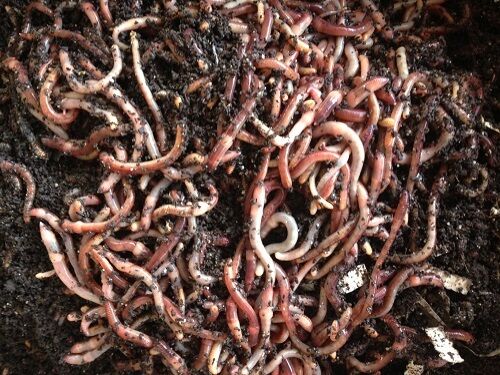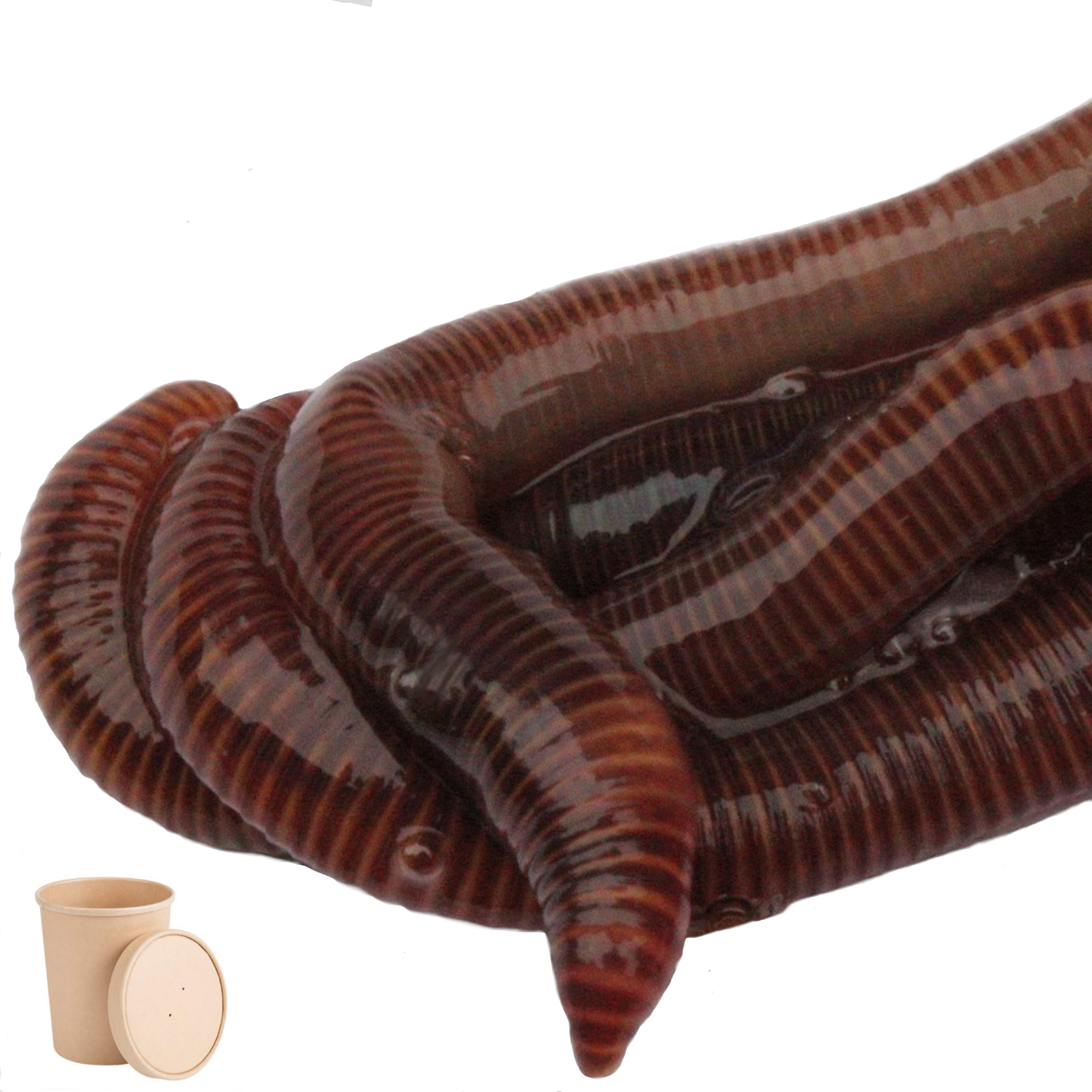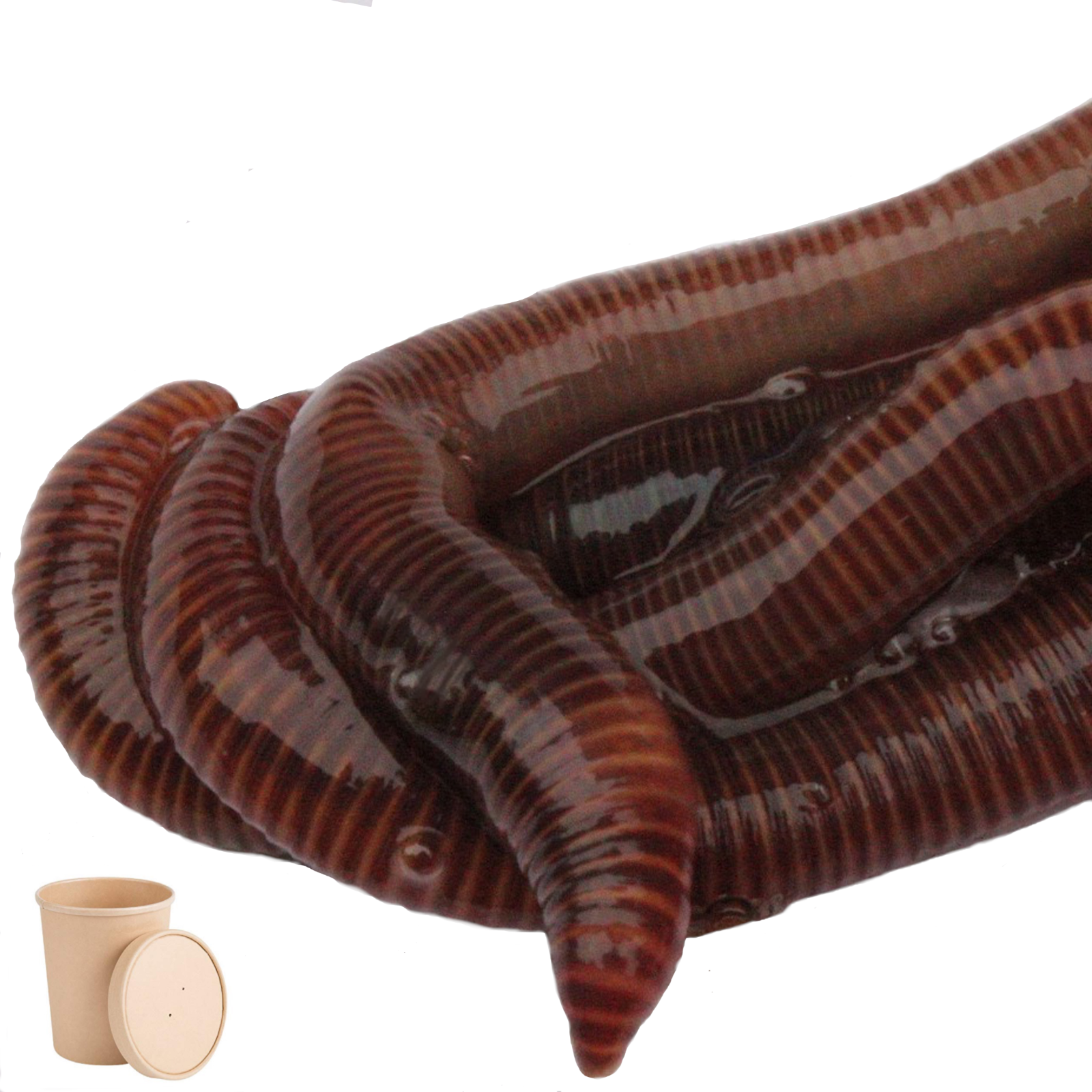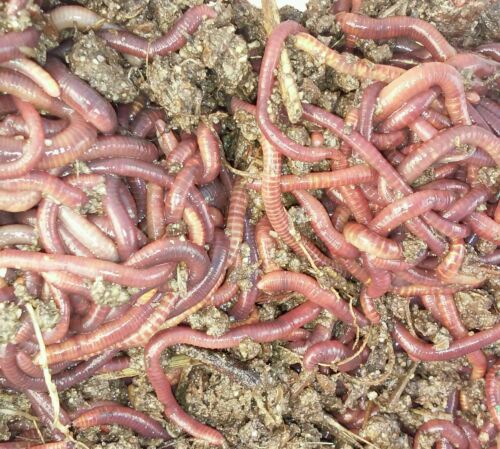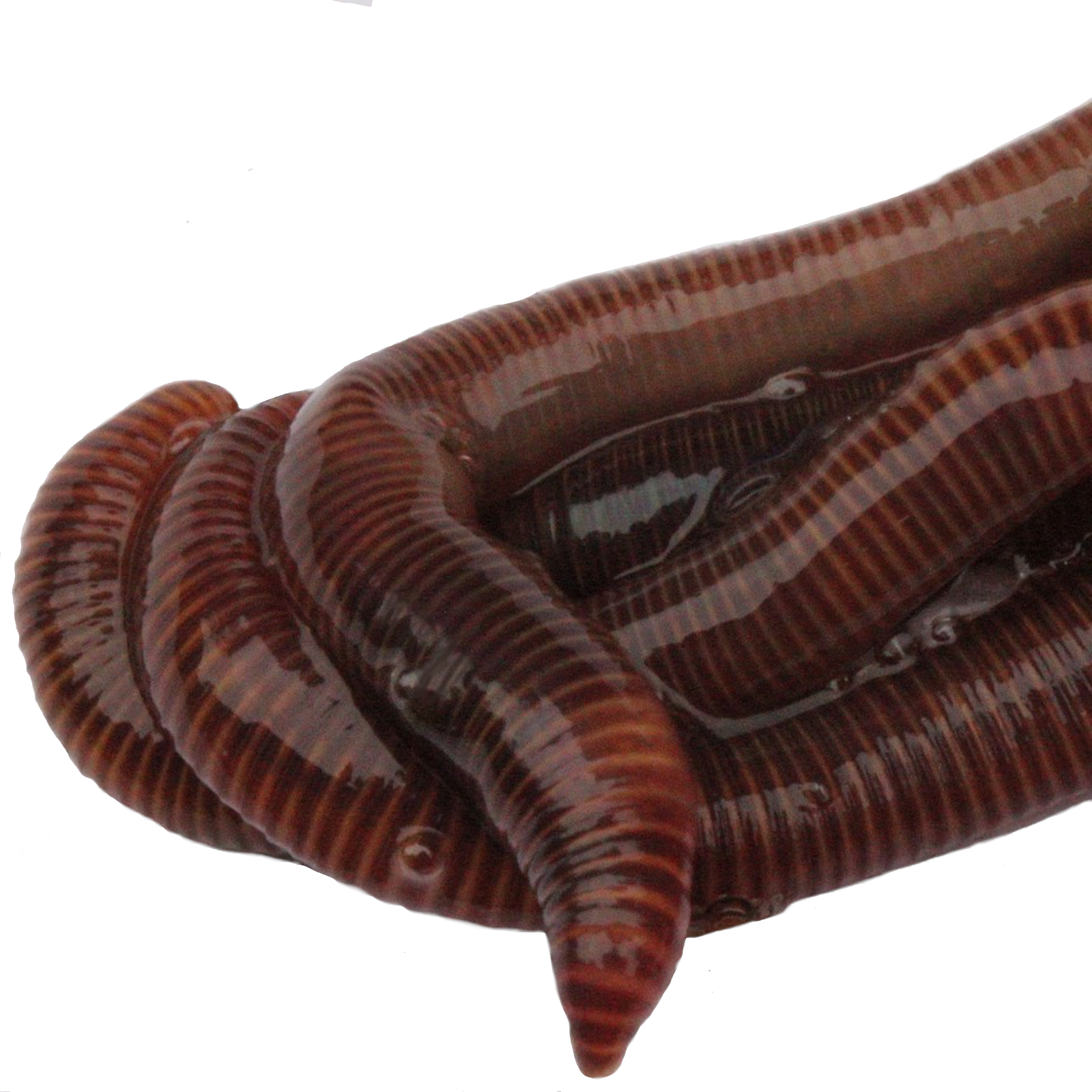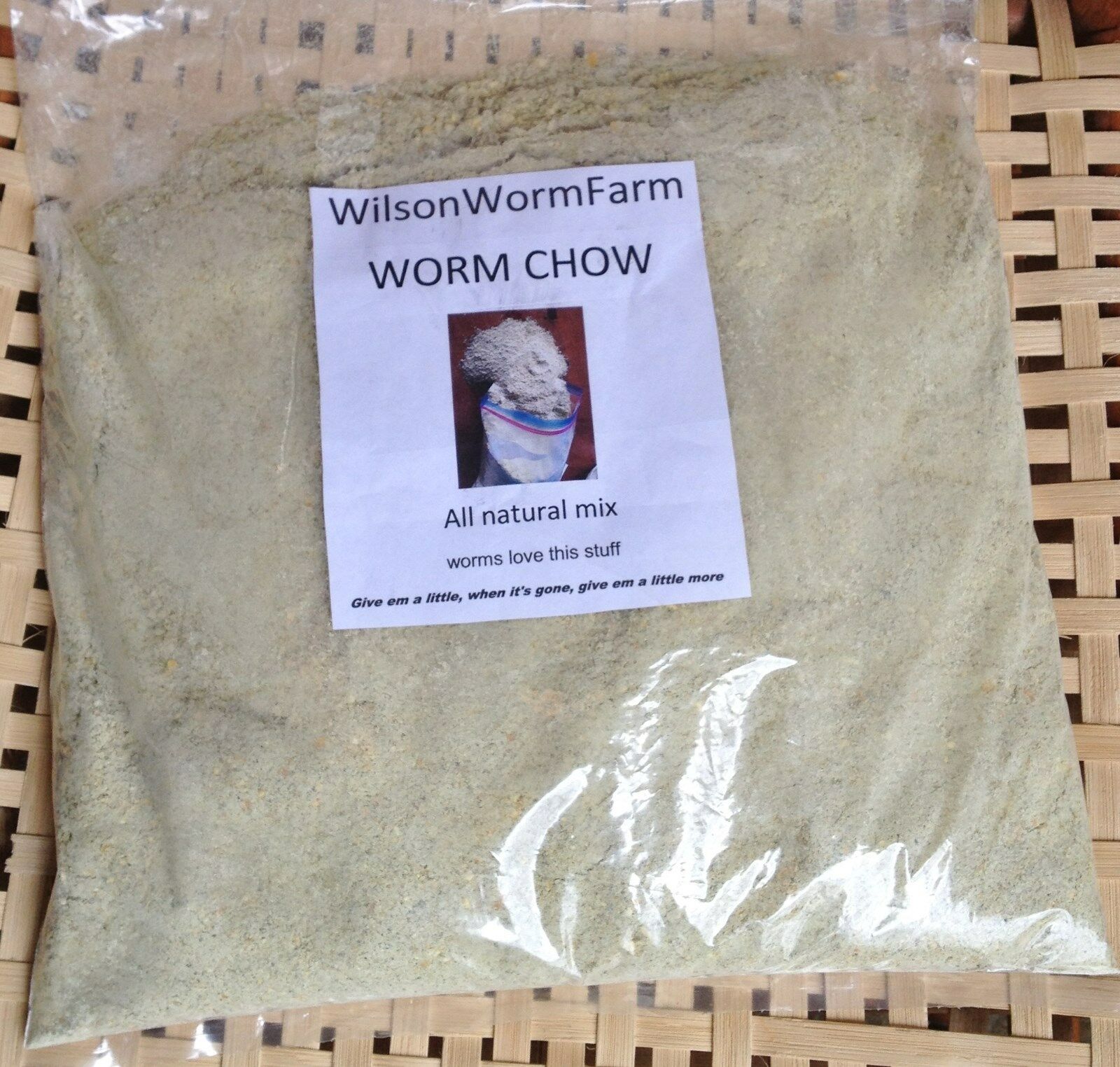-40%
LIVE RED WIGGLERS WORMS, Compost Worms, Composting Bin, Red Wiggler, Manure Free
$ 9.49
- Description
- Size Guide
Description
OUR MISSION we believe in providing the best when it comes to red wigglers for sale. Our red wigglers are the top choice for your vermiculture needs because they are known for their exceptional composting abilities. These little red worms are voracious eaters, breaking down organic matter into nutrient-rich compost, making them perfect for eco-conscious gardeners and farmers. Our red wigglers are healthy, hardworking, and easy to care for, ensuring a successful and sustainable composting experience. When you choose us, you're not just buying worms; you're investing in the health of your soil and the future of your plants. Join us in creating a greener world, one wiggler at a time!What is red wigglers?
Red wigglers, also known as Eisenia fetida, are a species of earthworm commonly used in vermiculture and composting. Here are a few bullet points to introduce them:
Scientific Name
: Eisenia fetida.
Common Names
: Red wigglers, red worms, manure worms, brandling worms.
Habitat
: Often found in decaying organic matter such as compost piles, manure heaps, and leaf litter.
Physical Characteristics
: Small, red-colored worms, typically 2-4 inches long with a distinctive segmented body.
Role in Composting
: Highly efficient at breaking down organic waste into nutrient-rich compost, aiding in soil fertility.
Benefits
: Improve soil structure, enhance nutrient availability, and promote healthy plant growth.
Breeding and Lifecycle
: Fast breeders, with a lifespan of up to 1-2 years; lay cocoons containing multiple eggs.
Environmental Impact
: Contribute to sustainable waste management and reduce landfill use by converting organic waste into valuable compost.
Why choose composting worms?
Efficient Decomposition
: Composting worms, such as red wigglers, break down organic matter quickly, producing high-quality compost in a shorter time compared to traditional composting methods.
Nutrient-Rich Compost
: Worm castings (worm poop) are rich in nutrients and beneficial microbes, enhancing soil health and plant growth.
Waste Reduction
: Using composting worms helps divert food scraps and other organic waste from landfills, reducing overall waste and environmental impact.
Odor Control
: Worm composting systems tend to produce less odor than traditional compost heaps, making them suitable for indoor or small-space composting.
Ease of Maintenance
: Worm composting requires minimal maintenance once the system is established, making it an accessible option for beginners and experienced composters alike.
Versatility
: Composting worms can process a wide variety of organic materials, including fruit and vegetable scraps, coffee grounds, and paper products.
Sustainable Solution
: Vermicomposting promotes a circular economy by recycling organic waste into valuable resources, contributing to sustainable gardening and farming practices.
Educational Value
: Worm composting can be a great educational tool for teaching children and communities about waste management, ecology, and sustainability.
Raising Red Wigglers
Bin Setup:
Choose a plastic or wooden bin with a lid and ventilation holes.
Bedding:
Use shredded newspaper, cardboard, coconut coir or peat moss.
Moisten to a damp consistency.
Adding Worms:
Start with about 1 pound of worms per square foot.
Allow them to burrow and acclimate.
Feeding:
Use fruit and vegetable scraps, coffee grounds, and eggshells.
Avoid meat, dairy, oily foods, and citrus.
Feed half their weight in food per day.
Maintenance:
Keep bedding moist and turn occasionally.
Maintain temperature between 55-77°F (13-25°C).
Harvesting Castings:
Push castings to one side, add fresh bedding and food to the other.
Harvest every few months.
Troubleshooting:
Address odor by reducing feeding and checking moisture.
Avoid pests by not overfeeding and maintaining cleanliness.
Ensure proper conditions for worm health.





